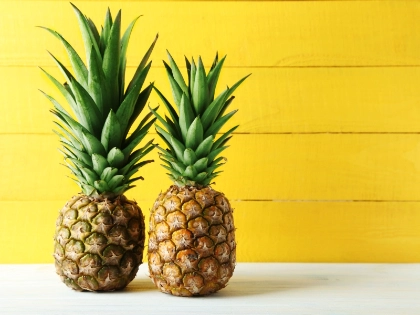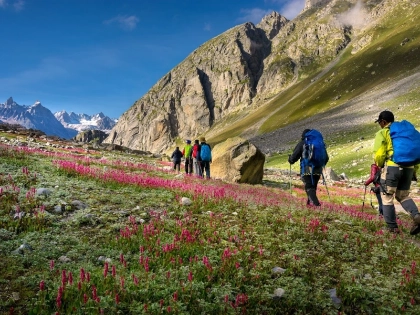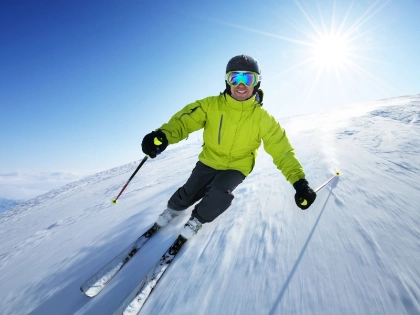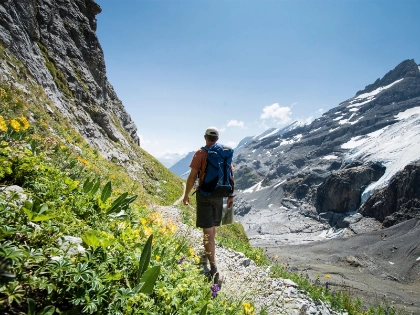What to Do After Camping
Spending time with friends and getting back to nature can be achieved through camping. However, it's crucial to observe the Leave No Trace guidelines and thoroughly clean up and dispose of your campfire after the fun is finished. Try to pack similar goods together when you're preparing for your vacation; for instance, put all of your sleeping gear in its own compression sack or storage bag. This will make things easier to find when you need them and keep everything organised.
Stowing
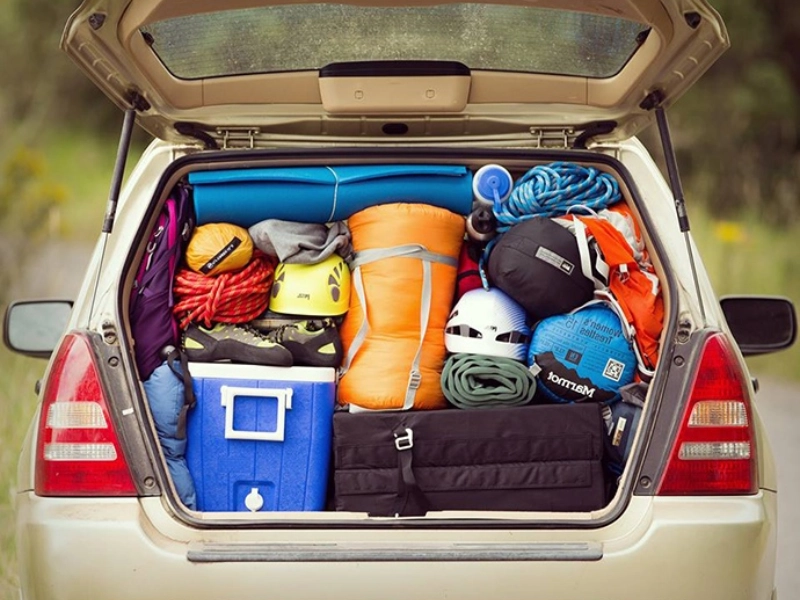
Tidying up
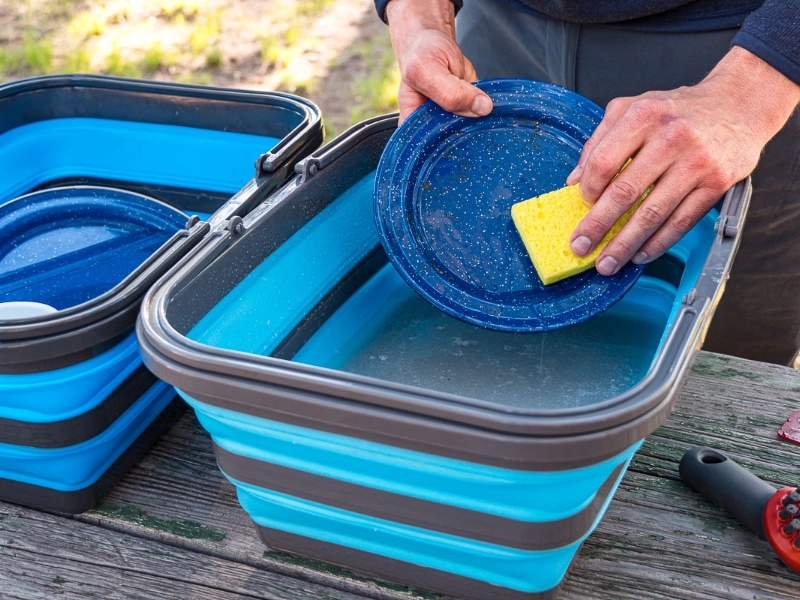 It's crucial to keep clean(ish) and reduce waste when camping. To keep food products, bring Tupperware or beeswax wrap instead of throwaway plastic baggies. Another way to reduce waste is to bring homemade lunches, snacks, and drinks instead of prepackaged foods, which generate an astonishing amount of waste.
Using a pee rag—such as a bandana, quick-dry towel, or antibacterial Kula cloth—instead of toilet paper when hiking or camping is another method to cut down on waste. All you need to do is hang it on the exterior of your pack and give it a daily rinse.
Make sure your tent and all of your other stuff are properly aired out before you go camping. Your clothes, sleeping bag, pillow, and mat can all be ruined by moisture. If your clothes and sleeping bag are soaked through, it's a good idea to wash them when you return home. Make sure your equipment is completely dry before storing it to prevent mould and mildew.
It's crucial to keep clean(ish) and reduce waste when camping. To keep food products, bring Tupperware or beeswax wrap instead of throwaway plastic baggies. Another way to reduce waste is to bring homemade lunches, snacks, and drinks instead of prepackaged foods, which generate an astonishing amount of waste.
Using a pee rag—such as a bandana, quick-dry towel, or antibacterial Kula cloth—instead of toilet paper when hiking or camping is another method to cut down on waste. All you need to do is hang it on the exterior of your pack and give it a daily rinse.
Make sure your tent and all of your other stuff are properly aired out before you go camping. Your clothes, sleeping bag, pillow, and mat can all be ruined by moisture. If your clothes and sleeping bag are soaked through, it's a good idea to wash them when you return home. Make sure your equipment is completely dry before storing it to prevent mould and mildew.
Getting Rid of
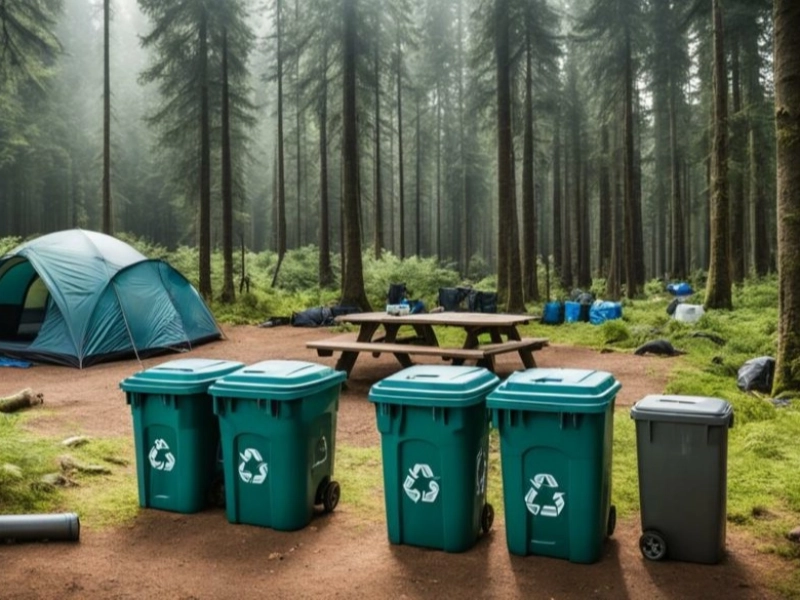 It's crucial to keep in mind that human waste and other materials produced outside have a big impact on the environment when camping. Observe the Leave No Trace guidelines to maintain the cleanliness of your campground and the adjacent natural areas.
The majority of campgrounds have dumpsters for you to use while getting rid of your rubbish. But many frequent boondockers don't have easy access to a dumpster, so they'll have to think outside the box when it comes to how they can get rid of their trash.
You can burn most fruit and vegetable leftovers, cardboard, and paper in your bonfire, but be cautious not to burn any trash or wrappers as they could release harmful smoke into the air. Additionally, it's critical to properly wash your hands and dishes to prevent scents from luring wildlife into your campground. To prevent any runoff into waterways, try spreading the greywater from your campground downhill or over a rocky area if you are unable to rinse in a sink.
It's crucial to keep in mind that human waste and other materials produced outside have a big impact on the environment when camping. Observe the Leave No Trace guidelines to maintain the cleanliness of your campground and the adjacent natural areas.
The majority of campgrounds have dumpsters for you to use while getting rid of your rubbish. But many frequent boondockers don't have easy access to a dumpster, so they'll have to think outside the box when it comes to how they can get rid of their trash.
You can burn most fruit and vegetable leftovers, cardboard, and paper in your bonfire, but be cautious not to burn any trash or wrappers as they could release harmful smoke into the air. Additionally, it's critical to properly wash your hands and dishes to prevent scents from luring wildlife into your campground. To prevent any runoff into waterways, try spreading the greywater from your campground downhill or over a rocky area if you are unable to rinse in a sink.
Planning
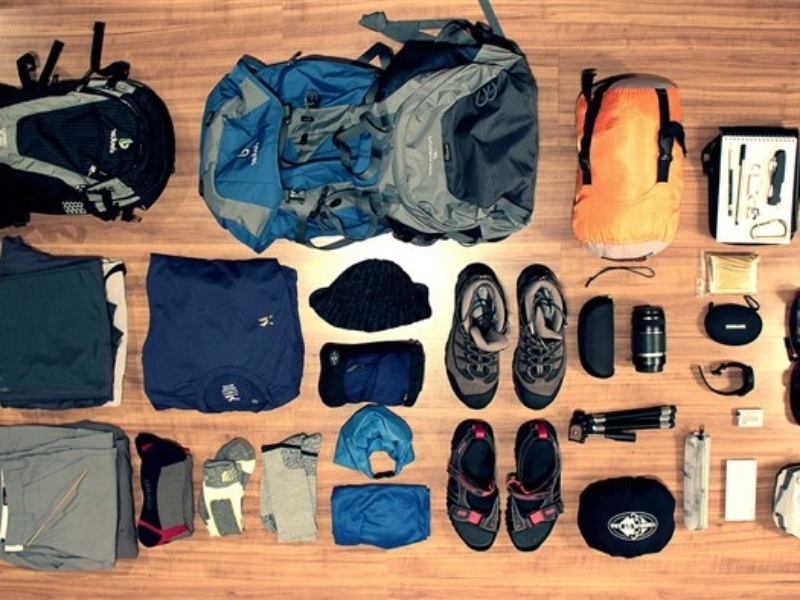 When the time comes to pack up and travel home, it will be simpler if your camping equipment is well-organized. As an illustration, combine all of your toiletries—such as shampoo, soap, toothbrushes, and toothpaste—in one location to make them easier to locate when you wake up early to prepare for your trek or picnic.
Additionally, put related items in groups, such as mattresses, pads, and pillows with sleeping bags in a single container. Clothes can also be rolled up to conserve space in your suitcases; rolling takes up less area than folding.
When you're through, it's crucial to tidy up campsites and put all of your equipment back where it belongs. In this manner, when the following group of campers is ready to set up and start their holiday, they can find it with ease. It also helps keep mice and other animals from getting into your supplies or meals. Additionally, keep garbage bags handy so you can quickly retrieve and store them when needed.
When the time comes to pack up and travel home, it will be simpler if your camping equipment is well-organized. As an illustration, combine all of your toiletries—such as shampoo, soap, toothbrushes, and toothpaste—in one location to make them easier to locate when you wake up early to prepare for your trek or picnic.
Additionally, put related items in groups, such as mattresses, pads, and pillows with sleeping bags in a single container. Clothes can also be rolled up to conserve space in your suitcases; rolling takes up less area than folding.
When you're through, it's crucial to tidy up campsites and put all of your equipment back where it belongs. In this manner, when the following group of campers is ready to set up and start their holiday, they can find it with ease. It also helps keep mice and other animals from getting into your supplies or meals. Additionally, keep garbage bags handy so you can quickly retrieve and store them when needed.




